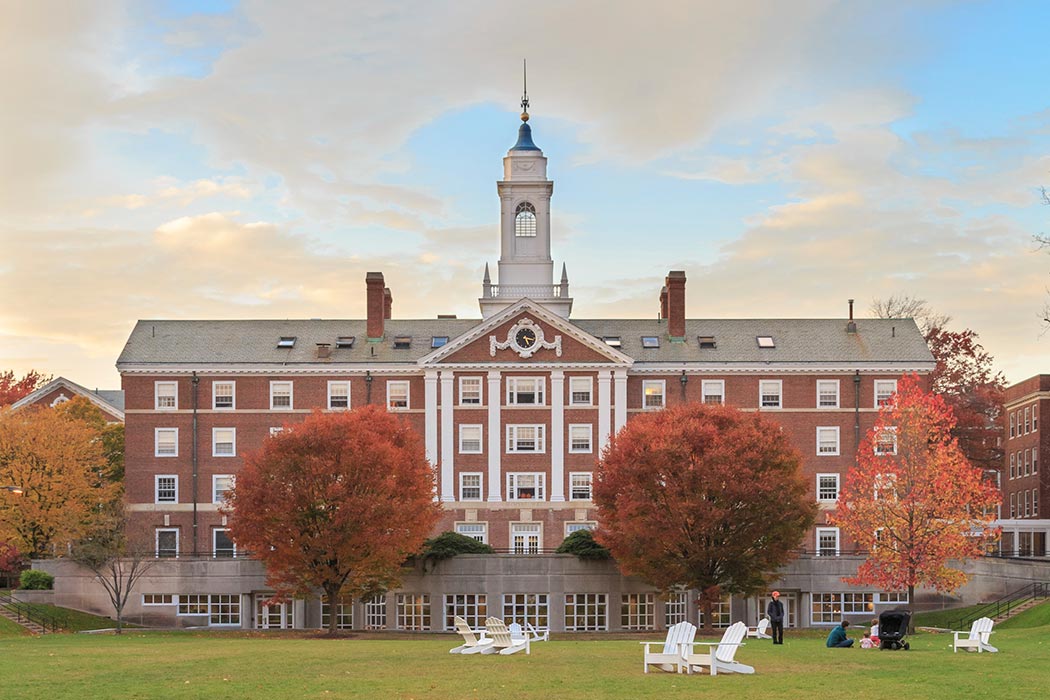When the Supreme Court recently heard arguments in a case about affirmative-action at the University of Texas, the headlines were mostly about Justice Antonin Scalia’s assertion that some black students might be better served by less demanding colleges. This is an argument we never hear when it comes to legacy admissions, the policies some colleges have of giving preference to students whose parents attended the school.
The two types of policies are obviously parallel in that they base admission on something outside of grades, test scores, and other individual achievements. They also have something else in common. Part of the point of affirmative-action is to shape the character of a school, exposing all students to a diverse peer group. Meanwhile, as Deborah L. Coe and James D. Davidson explored in a 2011 paper for the Review of Religious Research, legacy admissions have historically been used to shape the character of colleges in a different way.
Coe and Davison trace legacy admissions policies to the mid-1800s through early 1900s, when Catholic and Jewish immigrants streamed into the country, threatening the power of white Protestant elites over the nation’s culture and values.
By the 1920s, Coe and Davidson wrote, Jewish immigrants in particular were enrolling at Ivy League colleges and other upper-tier schools in large numbers. Concerned that the Jews would scare away Protestant students and hurt the prestige of the schools, officials created new admissions policies. In addition to academic qualifications, the colleges began considering lineage, “character” and “solidity,” all clearly related to the students’ ethnic backgrounds. Some schools also began requiring chapel attendance, and some, starting with Columbia and New York University, instituted formal quotas to limit the number of Jewish students admitted.
Coe and Davidson argued that legacy admissions fitted neatly in with administrators’ desire to keep religious minorities away: They were first introduced at schools tied to the Protestant establishment where applications from Jewish and Catholic students were increasing. Yale, for example, introduced a policy in 1925 promising to admit “Yale sons of good character and reasonably good record…regardless of the number of applicants and the superiority of outside competitors.” Alumni kids jumped from 13 to 15 percent of the Yale freshman classes in 1924 through 1926 and up to 24 to 30 percent a decade later.
These days, college administrators who defend legacy admissions often argue that it’s a way to encourage close alumni relationships (something we might cynically translate as encouraging alumni donations). From this perspective, it’s simply an unfortunate side effect that exacerbates the over-representation of wealthy white protestants in the student body. But, if Coe and Davidson’s analysis was right, that was actually their purpose to begin with.







